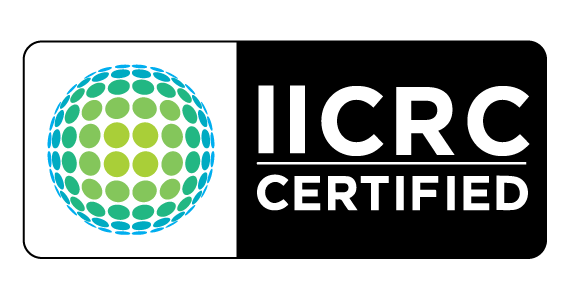Guidelines on how to deal with smoke damage
What is smoke damage?
In the event of a fire, you may lose a lot of your property, but some could remain.
If the fire is not extensive, then there is soot and ashes left behind.
With time, the residue will start discoloring your walls, and the pipes in your home start to wear out.

All these are some of the effects of smoke damage.
Additionally, the smoke remnants in your home are not safe for your health, either.
Soot, when inhaled, could cause choking and some serious respiratory problems.
That is why it is essential to deal with the fire damage before moving back into the house.
But, how do you go about smoke damage restoration in your home?
What do you need to clean up smoke damage?
Smoke is acidic, and hence, it harmful to humans and animals.
Since the process of cleaning after smoke damage is not as simple as aerating your home, you will need some supplied before you get into it.
So, what do you need before you embark on the cleaning services?
First, you need to have a fan for aeration, a sponge for cleaning the surfaces, a paint thinner, a good quality soot remover, a vacuum, some clean rags, some dry-cleaning sponge and some hot water.
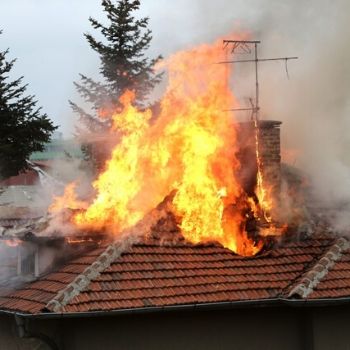
How do you clean smoke damaged home?
When it comes to cleaning your home, the effort goes beyond opening the windows to your home and letting air circulation do the rest.
Although it goes a long way in helping get rid of the smell in the house, some of the remnants of a fire stick on walls, clothes, and even appliances.
Therefore, you would need to go the extra mile and clean up the surfaces in your home.
Considering soot has some adverse effects to your curb appeal, while the ash eats away your metallic parts, and causes some severe damage, then you should start cleaning as soon as the fire is out.
So, what do you do when dealing with smoke damage restoration in Brooklyn?
Ventilate
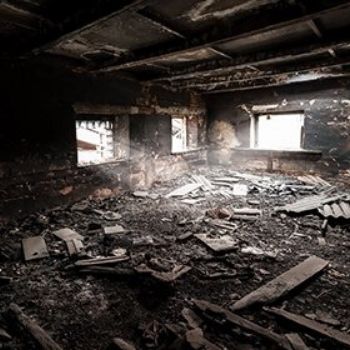
The first and most crucial step is to ventilate your home.
Open the windows and doors to your home to improve air circulation.
If you have a fan, place it by the window and turn it on.
However, we highly advise against turning on your air conditioning units.
This is because it tends to spread the soot and ashes, if any, across your house.
Consequently, the areas to clean increase, and so does the budget of the repairs and cleanup.
If the weather is chilly, you should wear some warm clothes, but ultimately keep your home well aerated.
Ensure you are protected
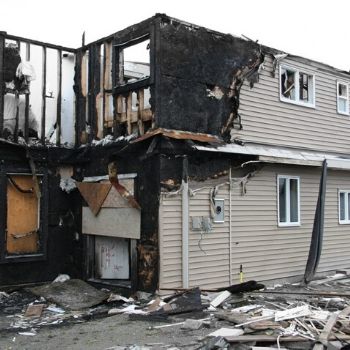
We have emphasized before, that soot is not friendly to your health.
Therefore, before you get down to flushing or cleaning the carbon off your walls and surfaces, ensure you are in some protective gear.
That means you wear a gas mask to avoid breathing it in, and some goggles to protect your eyes.
If you do not have an overall, ensure you are in some long pants and t-shirts to protect your skin.
Also, take care of your furniture.
Cover it up or remove it from your house, since your exercises will involve a lot of soot flying around your home.
For any room that was not affected by the fire, seal it off with some tape or plastic material.
Vacuum and clean out the soot
More often than not, you will find some loose sediment on your floors and surfaces after a fire.
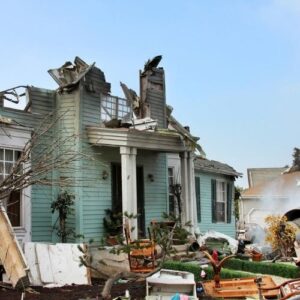
Using a vacuum, you can easily pick up the soot and ashes from your floor before you get to cleaning the walls.
For the soot on the walls, lightly brush through to loosen the soot particles.
However, avoid, at all costs scrubbing the spots as this often spreads the stains.
Then, using your dry cleaning sponge, clean the soot and smoke stains off your walls.
Take note of how you use the chemical sponge, before cleaning the walls with water and a sponge.
This step is crucial to avoid extending the stains to other parts of the wall.
Dry and proceed to deep cleaning
Once the walls are clean, you can then wipe the floors and surfaces.
If the wall is extremely discolored, then you can apply a new coat of paint.
However, if you have oil-based paints, then you will have an easier time cleaning the discoloration.








